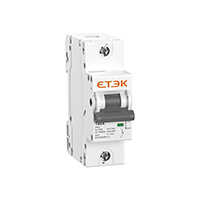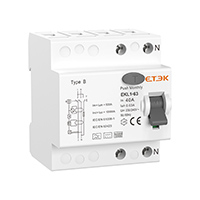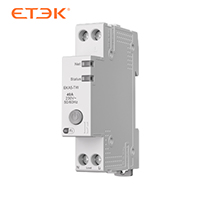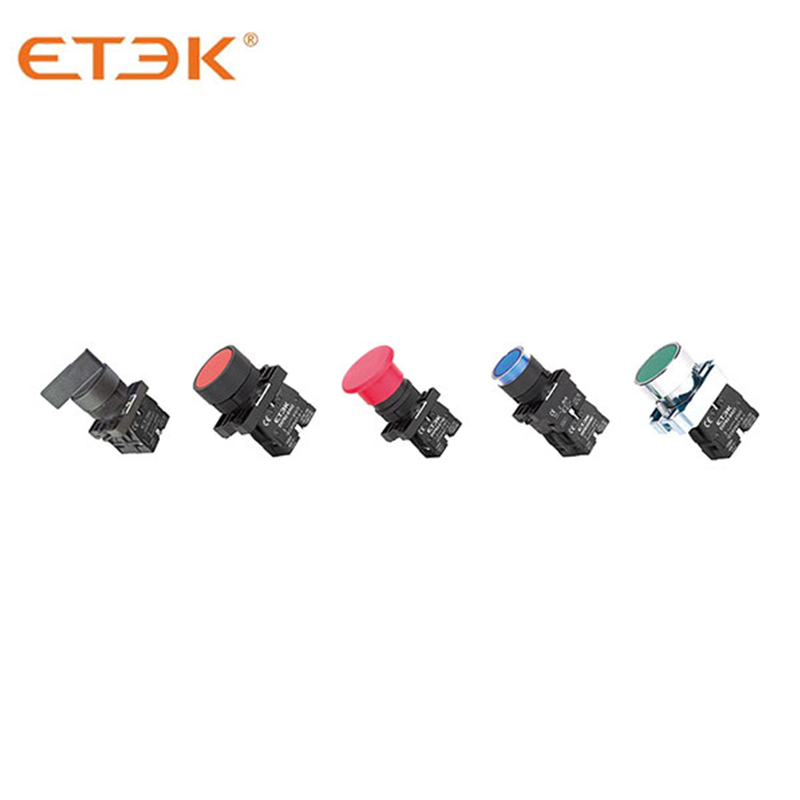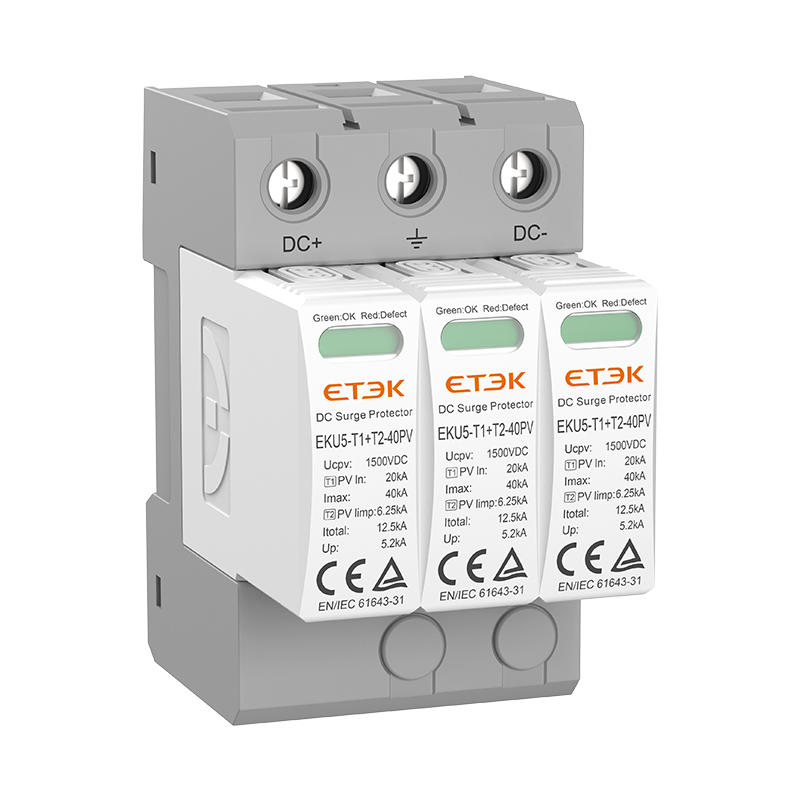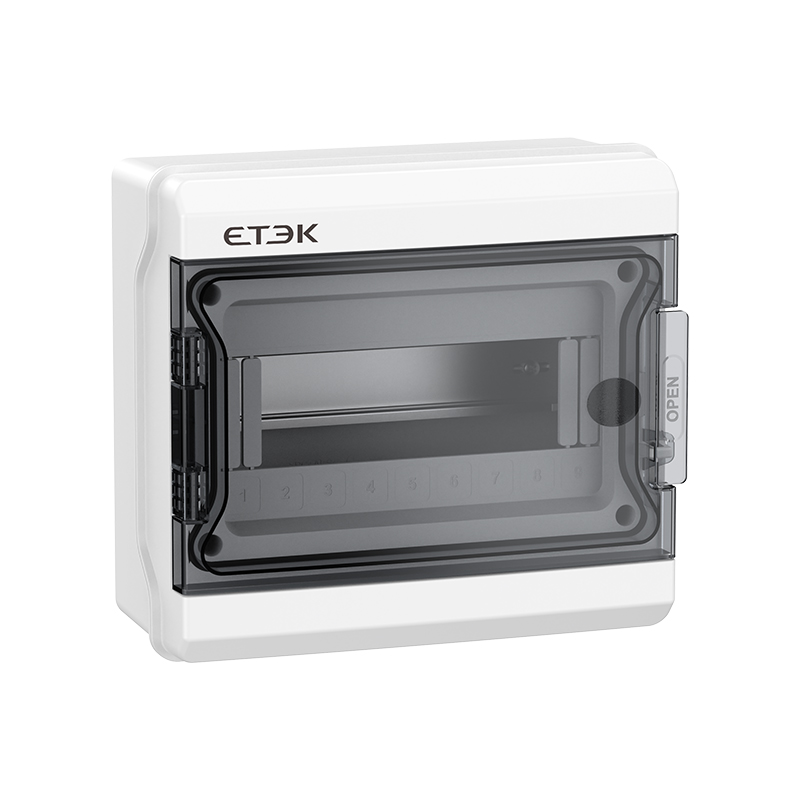What is an RCCB and its Benefits?

RCCB stands for Residual Current Circuit Breaker and is an electrical safety device used to prevent electric shock and fire hazards in electrical installations.
What does RCCB do?
The main function of the RCCB is to monitor the current flowing through the circuit.
RCCBs compare input and output currents and can detect any leakage current due to fault or insulation breakdown and quickly cut off power to prevent potential injury.
Helps prevent electric shock if a person touches live parts or if the electrical system fails.
What are the advantages of RCCB?
1. Personal safety
RCCBs provide protection against electric shock and can detect tiny leakage currents that may occur when someone touches a live part or an electrical system malfunctions, and by cutting off the power, it helps prevent electric shock and protects people from injury or even death.
RCCBs can significantly reduce the risk of injury or death from electrical accidents.
2. Firefighting
RCCBs play a vital role in fire protection, in the event of an insulation fault or short circuit, the RCCB quickly detects leakage current and trips the circuit, preventing overheating and potential electrical fires.
3. Early fault detection
RCCBs are sensitive devices and even small leakage currents can be detected quickly. This allows early detection of faults in the electrical system, including insulation breakdown, line damage or equipment failure.
Prompt identification and resolution of these problems can help prevent more serious electrical problems and ensure a safe installation.
4. Fast response time
RCCBs respond quickly to electrical faults, providing quick disconnect connections to minimize exposure to potentially hazardous electrical currents.
5. Versatility and adaptability
RCCBs are versatile and can be easily integrated into existing electrical systems without major modifications and can be used in a wide variety of electrical installations from residential to commercial buildings.
What are the advantages of RCCB over MCB?
1. Personal safety protection
MCB: Mainly prevent overcurrent and short circuit
RCCB: Provides additional protection against electric shock by detecting and disconnecting even small leakage currents.
This enables RCCBs to more effectively prevent electric shock accidents caused by insulation failure or human body contact with live parts.
2. Residual current detection
MCB: Not primarily for detecting such currents
RCCB: Specifically designed to detect residual currents, which are small leakage currents that occur when electrical leakage is expected in a circuit path.
RCCBs can more effectively identify potential electrical faults and quickly trip circuits to prevent accidents.
3. Fire Protection
MCB: Although MCB provides overcurrent protection, it may not be so effective in preventing fire accidents caused by small leakage currents
RCCB: Because RCCB is able to detect leakage current, it can help prevent electrical fires caused by insulation breakdown or other failures, and can effectively reduce the risk of overheating and subsequent fires.
4. Sensitivity
MCB : Low-level faults may be overlooked
RCCB: RCCB is highly sensitive to even small leakage currents, ensuring that even small hazardous situations can be quickly identified, thereby increasing safety.
Summarize
Proper installation, regular testing and maintenance of RCCBs are essential to ensure their continued effectiveness. RCCB should be installed and maintained by professionals to ensure its normal operation and safety.



